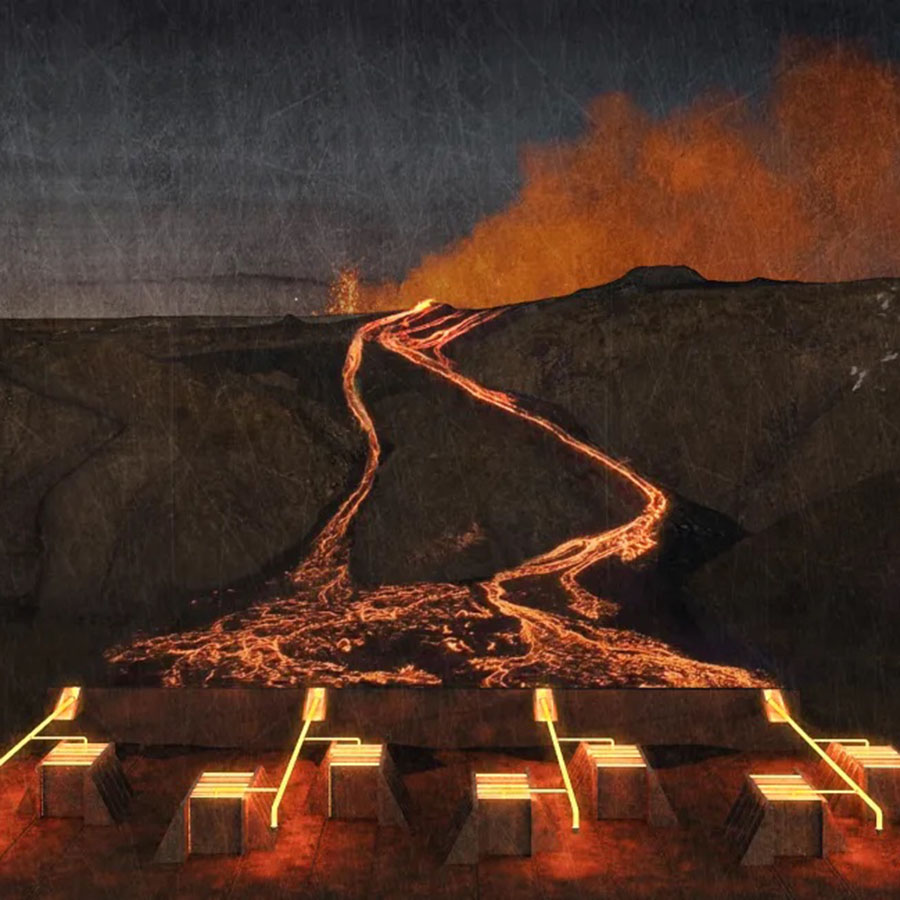Iceland’s Norður & Co Salt
Made purely with geothermal energy in the northern reaches of the country and pulled from the history books

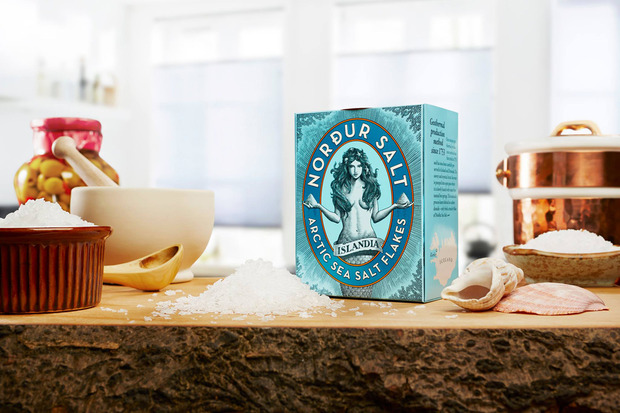
This past spring at Iceland’s annual DesignMarch festival, we stumbled across a box of salt that left a lasting impression. The striking packaging design drew us in to Reykjavik-based start-up Norður Salt, but there’s more to the Atlantis-esque artwork. We met with CEO and co-founder Gardar Stefansson on a rainy morning at the company’s office in the Ocean Cluster House, a marine-conscious business incubator in the city’s industrial port, for a closer look at the company’s holistic approach to sustainability, the merits of flake salt and the rich (if slightly forgotten) history of the practice in Iceland.
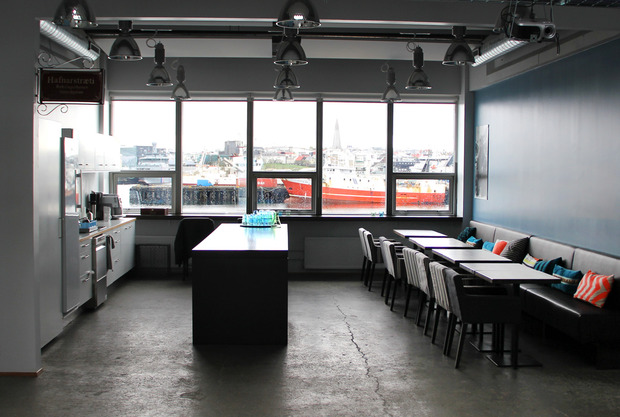
The project started as Stefansson’s thesis for his Master’s in Experience Economy from Denmark’s Aarhus University, where he met his business partner Søren Rosenkilde, but their first product—Norður Salt—channels Iceland’s interest in producing high-quality foods and is branded in a way that is uniquely Icelandic. “We have a straight vision of what we want to do,” says Stefansson. “We are here, in the middle of the Atlantic—300,000 people—and we have always produced food. Most of our exports are food products, but we’ve never embraced that.”
“It’s quite funny that this company is part Danish and part Icelandic, because this country was once a colony of Denmark and the salt production began because the Danes were looking for a cheaper way to preserve food than bringing salt all the way from Europe,” he elaborates. The Norður process varies little from the methods used 260 years ago. “At the time the method to make salt was to build a big fire and heat seawater in pans. Of course, at that time we didn’t have so many trees in Iceland, but we had a lot of geysers. So the idea came up, ‘Can we cook seawater with geysers?'” Stefansson explains.
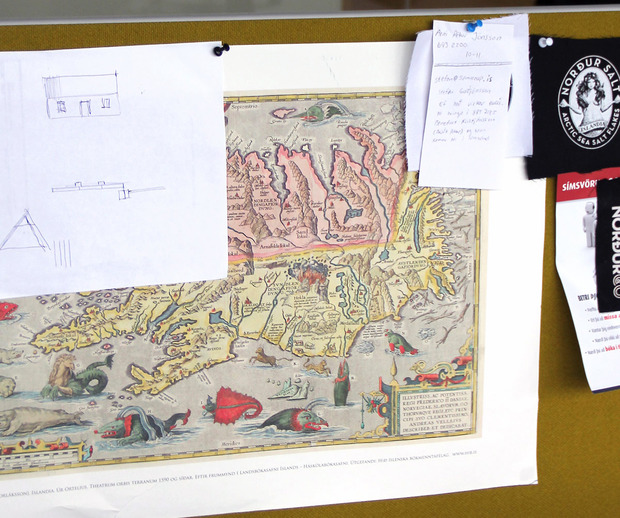
Cooling the scorching geyser water to a balmy 70° Celsius, Icelandic salt production flourished in the two desirable locations where geysers met the sea—until the Napoleonic Wars distracted Denmark and the Lakagígar eruptions wiped out nearly a third of Iceland’s population. Norður represents the first rejuvenation of this old craft, done in the same location three hours north of Reykjavik in the rugged fjord lands of Reykhólar. “We believe in open processes and open production. Because we have nothing to hide, you can actually see in the pan room when people are making the salt,” Stefansson says of the window-rich facility, designed by his business partner.
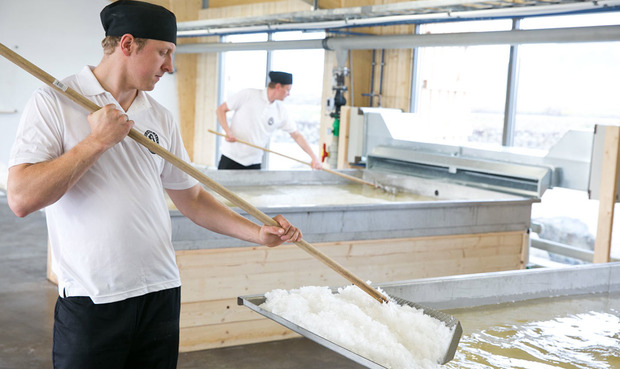
Using only geothermal energy, the team at Norður has refined the traditional method to use even less energy by creating sub-atmospheric pressure conditions that allow for boiling at lower temperatures. The Everest-like pressure conditions also allow for greater retention of minerals in the salt, giving it a briny flavor unique to the region. “It’s almost like making wine,” Stefansson says of the process, “Everything depends on the outside temperature and the ocean water itself, it changes by season. In the summer, you get a bit more of a seaweed flavor, maybe more brine, but the differences are quite nuanced.” Sustainability extends to everything the company stands for, including the eye-catching packaging. Made from sustainably sourced materials, the boxes are designed to be both functional and non-toxic. A built-in drawer makes easy access to the goods while cooking and the origami-like design is void of glues and adhesives.

Processes and histories aside, the quality is what counts when in the kitchen. Norður Salt’s large flakes aren’t overwhelmingly briny and won’t make a meal taste like it was prepared on the deck of fishing vessel—but it does add a depth many salts miss completely. Salt is a spice, and Stefansson is the first to point this out. “People think salt is salt, but it’s one of the most important ingredients in anything you make,” he adds, “Plus it does not cost so much; it’s a small luxury.”
Norður Salt is available throughout Iceland, Germany and much of Scandinavia with larger distribution in the works. Check out Norður & Co online for a closer look at their team, process and commitment to sustainability.
Reykjavík office photos by Hans Aschim, all other images courtesy of Norður & Co


